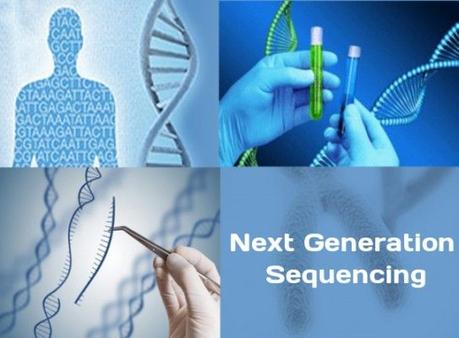
Next Generation Sequencing Market
The massively parallel sequencing technology known as" Next Generation Sequencing" (NGS) provides extremely high throughput, scalability, and speed. Using this technology, the nucleotide sequence of entire genomes or specific DNA or RNA regions can be ascertained. The biological sciences have greatly benefited from Next Generation Sequencing (NGS) methods that use DNA, RNA, or methylation sequencing. Because of its cheaper cost compared to the conventional Sanger first-generation sequencing method and high-throughput production and outputs of sequencing data in the gig abase range per instrument run, Next Generation Sequencing is the method of choice for large-scale genomic and transcriptome sequencing.
Next Generation Sequencing, also known as massively parallel processing or second-generation sequencing, is any of several high-throughput methods for DNA sequencing that use the idea of massively parallel processing. These technologies sequence 1 million to 43 billion short reads every instrument run using miniaturised and parallelized systems.
Numerous Next Generation Sequencing platforms have different engineering setups and sequencing chemistries. They both use spatially separated, clonally amplified DNA templates or single DNA molecules in a flow cell to do enormous parallel sequencing. Sanger sequencing, sometimes referred to as capillary sequencing or first-generation sequencing, is based on the electrophoretic separation of chain-termination products generated in individual sequencing processes.
This design is substantially unlike from that of Sanger sequencing. With the help of this technology, sequencing may be done on a much wider scale. First, in vitro clonal amplification by PCR is used to create DNA sequencing libraries. Second, rather than using chain-termination chemistry to identify the DNA sequence, the DNA is sequenced via synthesis, in which case nucleotides are added to the complementary strand.
Third, without the need for a physical separation step, the spatially segregated, amplified DNA templates are concurrently sequenced in a massively parallel manner. Most Next Generation Sequencing systems follow these stages, however they all do it in a different way.
